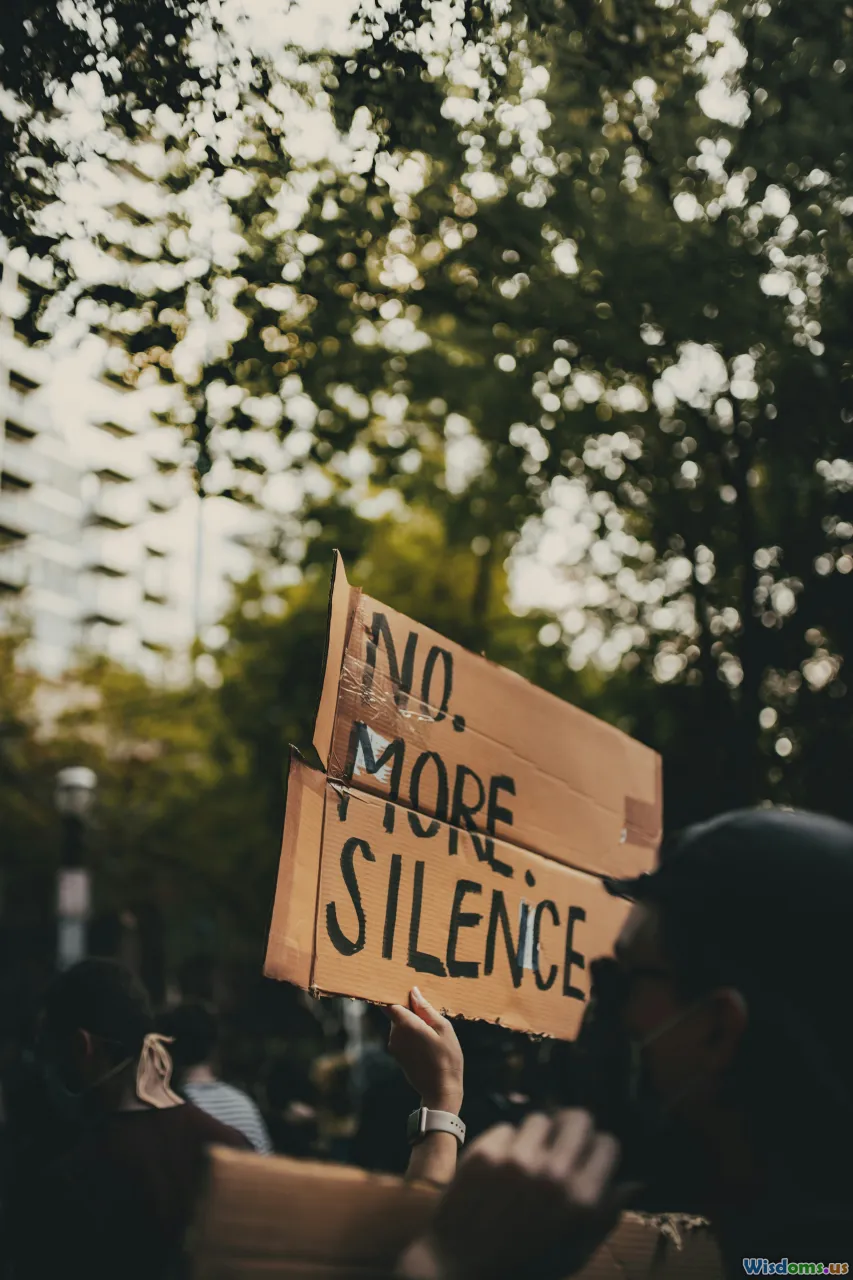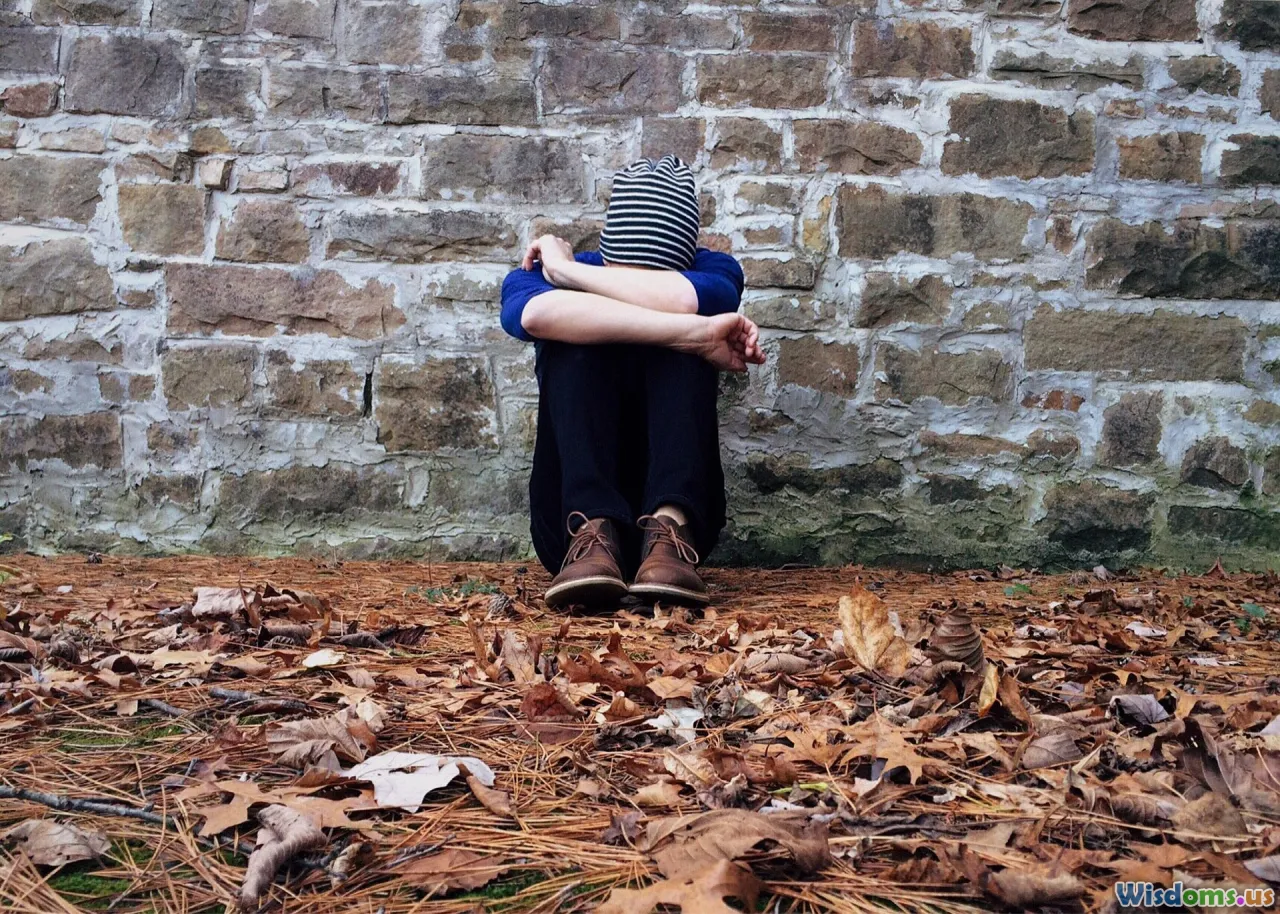
Ten Surprising Facts About Groupthink in Teen Friendships
14 min read Discover the top ten surprising facts about groupthink in teen friendships and its powerful influence on decision-making and peer dynamics. (0 Reviews)
Ten Surprising Facts About Groupthink in Teen Friendships
Have you ever wondered why teens sometimes go along with questionable decisions in their friend groups, seemingly against their better judgment? Chances are, you've witnessed groupthink in action. Groupthink, coined by psychologist Irving Janis in 1972, describes the phenomenon where the desire for harmony within a group leads to poor decision making and the suppression of individuality. This silent, powerful force weaves its way into many aspects of teenage friendships, sometimes with unexpected—and serious—consequences.
Delve in as we uncover ten surprising truths about groupthink in teen friendships, illustrated with up-to-date research, expert commentary, and real-world scenarios. Whether you're a parent, educator, or teen, gaining awareness of these facts equips you to counteract groupthink's negative pull and foster environments where every voice matters.
Groupthink Can Start in Childhood—Not Just the Teen Years

Most people associate groupthink with adults in boardrooms or adolescents at high school parties. Surprisingly, groupthink can appear much earlier, even in elementary school classrooms and playgrounds. Researchers at Stanford University observed children as young as six showing signs of conformity when facing group pressure, especially in scenarios involving preferences and simple decision-making.
One well-known study asked kids to solve visual puzzles alongside confederates (peers planted by researchers) who purposely gave the wrong answers. Many children knowingly gave incorrect answers to align with the group, valuing social harmony over accuracy. These early groupthink dynamics set the stage for its intensification during the more complex social years of adolescence.
Tip: Encourage young children to express divergent opinions and praise individuality—it lays groundwork for resilience against groupthink tendencies.
Groupthink Is Stronger In Tight-Knit Friend Groups

Teens often aspire to belong to "inner circles," formed around shared interests, experiences, or even social status. Paradoxically, while close friendships bring security and belonging, they can also fuel intense groupthink.
A 2018 study in the Journal of Adolescence found that teens belonging to tight-knit friendship circles were more likely to conform to risky group behaviors—think late-night pranks, skipping school, or impulsive dares—than those in looser networks. This is partially because intense loyalty and identity overlap heighten the need to keep the group intact.
Real-Life Example: In some sports teams or arts cliques, teens may feel compelled to suppress individual opinions to avoid “rocking the boat.” Those who privately disagree with group decisions—like drinking at a party or ostracizing a classmate—rarely voice their dissent, fearing exclusion.
Social Media Amplifies Groupthink—Often Invisibly

The digital landscape fundamentally changes how groupthink operates, intensifying its power through speed and reach. Teens today communicate continuously through group chats, private DMs, and viral posts. Algorithms surface popular perspectives, reinforcing majority opinions and minimizing minority views—often without users realizing it. This digital groupthink cultivates echo chambers that can exaggerate peer pressure.
A 2021 Pew Research study found that over 60% of teens felt pressured to post or act a certain way online to maintain group approval. Homogenous thought within a group chat may mean a teen sees only one side of a topic, be it a trending meme, fashion style, or belief about what’s “cool” or “acceptable.”
Actionable Advice: Parents and educators can teach critical thinking skills for digital spaces, emphasizing healthy skepticism toward viral trends and the curated reality of online friend circles.
Leaders Often Go Along—Even When They Have Doubts

It’s not only the introverts or newcomers who fall prey to groupthink. Peer leaders—athletes, club presidents, or student body officers—are also frequently swept along, even when their intuition says otherwise.
According to a Harvard longitudinal study of teen leadership, young leaders often internalize expectations to maintain group morale and may avoid voicing concerns that could undermine cohesiveness. For instance, a captain might stay silent about poor sportsmanship or the ostracizing of a player to avoid appearing unsupportive, reinforcing groupthink through example.
Practical Tip: Leadership workshops for teens can include role-playing sessions where standing up against group pressure is normalized as a mark of true peer leadership.
Groupthink Drives Good and Bad Behavior—Not Just the Negative

While groupthink often conjures images of dangerous dares or collective bullying, it can also promote positive actions. Teens can just as powerfully push one another toward volunteerism, inclusivity, or academic focus when these are valued within a group.
For example, some high school buddy groups jointly attend community service projects, motivated by shared altruistic values. In these circles, the fear of breaking positive norms can motivate kids to persevere in constructive activities, from preparing meals at a food bank to organizing peer tutoring groups.
Key Insight: Recognizing that groupthink itself isn't inherently bad allows parents and mentors to channel its energy toward community-building behaviors instead of just cautions about peer pressure.
Silent Disagreement Is Surprisingly Common

Not everyone who appears to agree with a group actually does. Teens often hide doubts or objections, projecting agreement to avoid friction. A fascinating 2020 survey by Common Sense Media reported that two-fifths of American teens had, at least once, “gone along to get along,” keeping silent about their disagreement in a friendship group.
The costs of this unspoken dissent can add up, including personal stress, regret, and resentment. In cliques where voicing contrary views is frowned upon, mental health can suffer; chronic groupthink suppresses self-esteem and authentic self-expression.
Advice: Cultivate safe spaces for “minority voices” in teen groups—explicitly inviting new perspectives—sets a tone that dissent is acceptable, even valuable.
Bystander Effect and Groupthink Go Hand-in-Hand

The notorious "bystander effect"—where individuals fail to intervene in a crisis because they assume someone else will—often overlaps with groupthink in teen settings. Teens in groups may avoid acting on behalf of a bullied peer, for instance, if it seems no one else objects either.
Classic experiments, such as the 1968 smoke-filled room study, demonstrate how group inaction fuels a powerful illusion: “If no one else sees a problem, I must be wrong.” This feeling is magnified in youth, whose developing brains are hypersensitive to cues from peers over adults.
How-to: Empowering teens with specific intervention strategies—like speaking privately with a friend about concerns rather than confronting the entire group—can break the impasse created by groupthink-bystander overlaps.
Exclusion Dynamics: When Groupthink Punishes Outsiders

Groupthink isn’t just about agreement—it can be weaponized to exclude. Tight groups enforcing unwritten “codes” sometimes ostracize those who don’t conform, from not following a dress code to expressing unpopular musical preferences.
A poignant illustration is the experience of new or transfer students, who often report heightened social anxiety around making even trivial mistakes in speech, style, or opinion. Such exclusion can reverberate, leading to loneliness and poor academic engagement.
Insight: Proactive inclusivity campaigns and accessible peer mediation let ostracized teens reclaim agency and foster more diverse, resilient social groups.
Diversity Mitigates Groupthink’s Grip

When friend circles span a wider variety of backgrounds, perspectives, and life experiences, groupthink tends to diminish. A 2022 University of Chicago study found that teens in multicultural groups showed greater willingness to discuss conflicting ideas (whether about pop culture or politics), resulting in more innovative discussion and less conformity pressure.
Such diversity can be as simple as mixing personalities (introverts and extroverts), interests (sports, arts, STEM), and life stories (urban and rural). Open recognition of the group’s unique mix invites authenticity and guards against stale echo chambers.
Actionable Advice: Schools and parents can foster this dynamic by supporting mixed-interest clubs, collaborative projects, and events that cross traditional social boundaries.
Teens CAN Learn to Counter Groupthink Intentionally

Perhaps the most hopeful revelation: teens can actively build "groupthink immunity" with coaching and support. Social-emotional learning curricula increasingly address peer influence, teaching strategy games, and offering practice in respectfully disagreeing, weighing group versus individual reasons, and brainstorming collectively without bias.
Peer-led dialogues—where teens analyze past group choices and rehearse voicing disagreements—can shift whole cultures in a school or community. In environments that reward critical questioning and honor healthy debate, groupthink loses its grip, and teens experience the empowerment of true friendship.
Takeaway: Adults equipped to model and reinforce independent thinking can help teens create friendships rooted in honesty, diversity, and mutual respect—so that every member, not just the loudest or most confident, has a seat at the table.
Understanding the nuances of groupthink lets us see teen friendships not as simplistic webs of pressure and conformity, but as intricate social ecosystems—capable of fostering both challenge and profound growth. By recognizing its surprising forms and choosing how we nurture response, we can help young people forge lasting, authentic bonds and chart their own course—even amid the swirl of group influence.
Rate the Post
User Reviews
Popular Posts



















